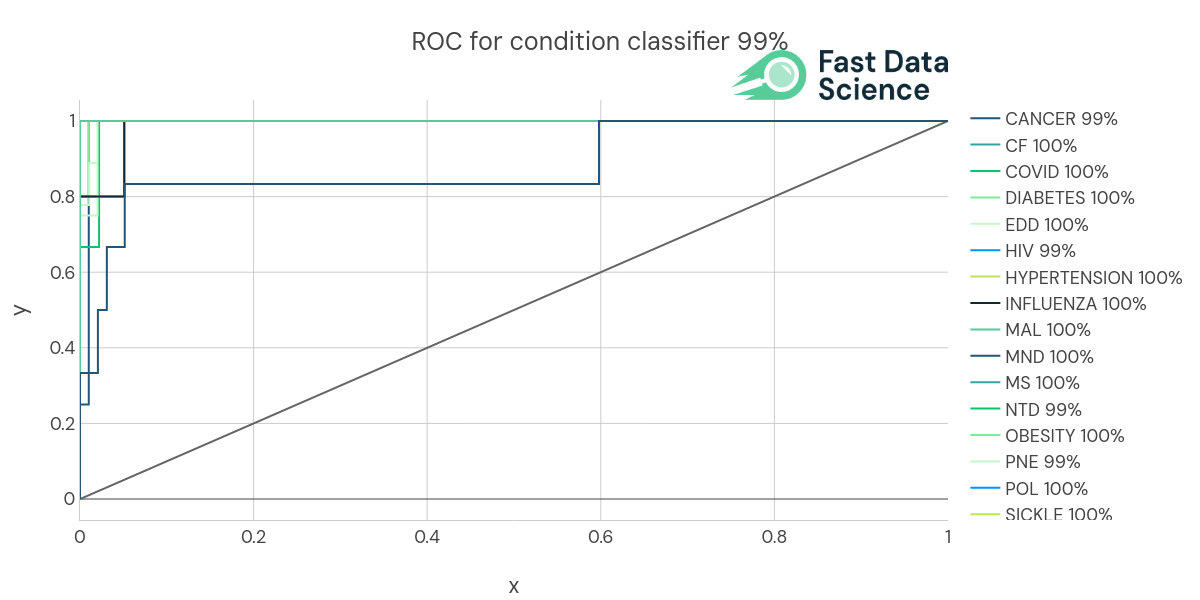
This month, I presented the Clinical Trial Risk Tool at the Plotly Dash in Action webinar. I was interviewed by Plotly’s Community Manager Adam Schroeder. You can watch the relevant part of the webinar below.
The Clinical Trial Risk Tool was one of four interactive apps presented as part of the webinar. The speakers at the webinar were:

Screenshot of Matteo Trachsel’s Thermoplan dashboard which calculates the carbon footprint of coffee machine usage.

Screenshot of Agah Karakuzu’s dashboard which allows neuroscientists to assess the reproducibility of T1 values across different sites and vendors where researchers used the same research protocol. (T1 is the time it takes water molecules in the brain to return to their original state following a magnetic pulse).
If you would like to cite the tool alone, you can cite:
Wood TA and McNair D. Clinical Trial Risk Tool: software application using natural language processing to identify the risk of trial uninformativeness. Gates Open Res 2023, 7:56 doi: 10.12688/gatesopenres.14416.1.
A BibTeX entry for LaTeX users is
@article{Wood_2023, doi = {10.12688/gatesopenres.14416.1}, url = {https://doi.org/10.12688%2Fgatesopenres.14416.1}, year = 2023, month = {apr}, publisher = {F1000 Research Ltd}, volume = {7}, pages = {56}, author = {Thomas A Wood and Douglas McNair}, title = {Clinical Trial Risk Tool: software application using natural language processing to identify the risk of trial uninformativeness}, journal = {Gates Open Research} }

Introduction People have asked us often, how was the Clinical Trial Risk Tool trained? Does it just throw documents into ChatGPT? Or conversely, is it just an expert system, where we have painstakingly crafted keyword matching rules to look for important snippets of information in unstructured documents? Most of the tool is built using machine learning techniques. We either hand-annotated training data, or took training data from public sources. How We Trained the Models inside the Clinical Trial Risk Tool The different models inside the Clinical Trial Risk tool have been trained on real data, mostly taken from clinical trial repositories such as clinicaltrials.

Over the years, the overall cost of the drug development process has been exponentially increasing, prompting the adoption and use of adaptive clinical trial design software. Though there are practical difficulties and barriers in implementing clinical trial solutions, these problems are adequately addressed to overcome these issues as they arise. With advancements in software technologies, further improvements are being made to the software’s adaptive clinical trial design. Despite these progresses, just only a handful of well-established software with various types of clinical trial adaptations is currently available.

A clinical trial protocol is a document which serves as the step-by-step playbook for running the trial. The clinical trial protocol guides the study researchers to run the clinical trial effectively within a stipulated period. The prime focus of the clinical trial protocol is to ensure patients’ safety and data security. [1, 2] As the clinical trial protocol is an essential document for the seamless execution of the clinical trial, reviewing (peer-reviewing) the protocol is essential to ensure the scientific validity/viability/quality of the protocol.